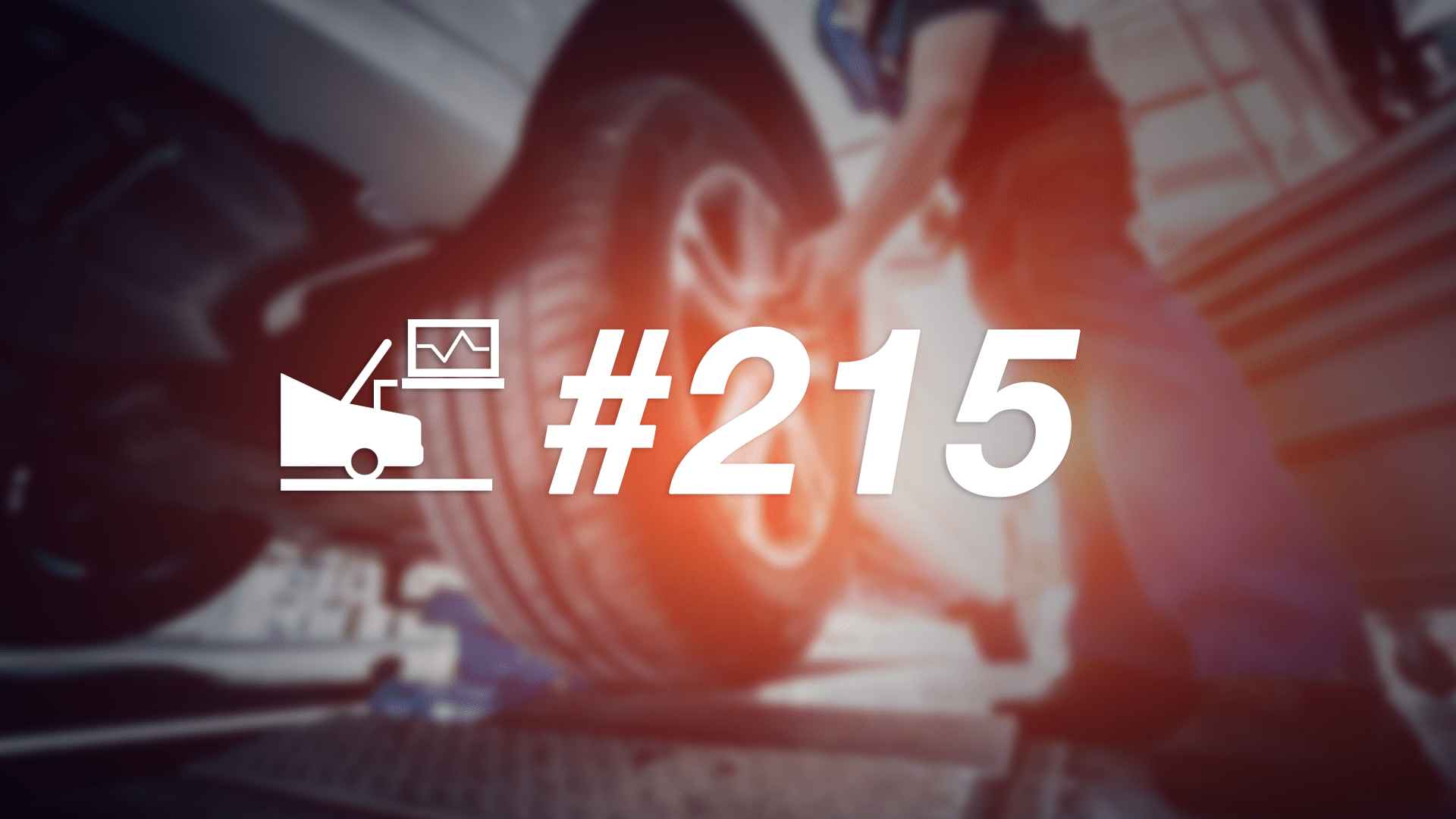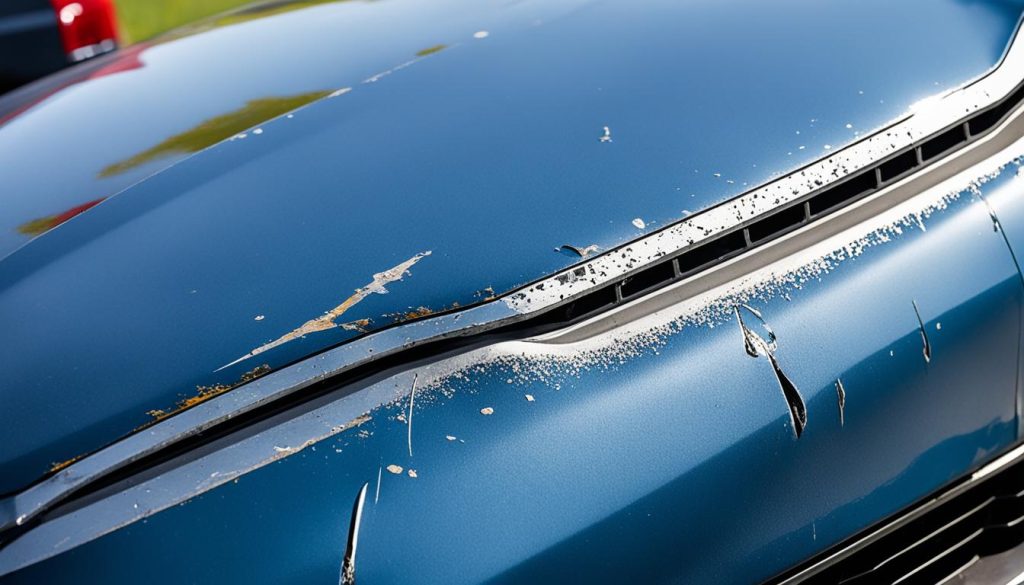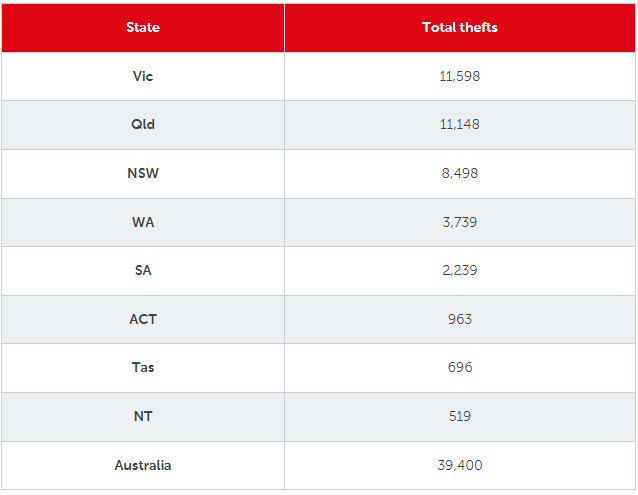There are many things that can go wrong with your car’s transmission. Early signs include a burning smell and an Err message on your dashboard. But before you take your car to a mechanic, there are some things you can check yourself.
It’s not uncommon for the transmission to overheat or have a clogged filter, which can lead to failure if not addressed early on. If you notice any of these symptoms, it’s best to get your car checked as soon as possible.
Burning Smell
One of the most common signs that your transmission is having problems is a burning smell. This can be caused by coolant leaking onto the hot transmission parts or oil seeping past seals. If you notice this smell, it’s best to have your car looked at right away.
Err Message
Your car’s computer will display an Err message if there is something wrong with your transmission. This can be caused by low fluid levels, overheating, or other issues. It’s best to have your car checked by a mechanic as soon as possible if you see this message.
Shifting Problems
If you notice that your car is having trouble shifting gears, it may be time for a check-up. This can happen if fluid has leaked out or if the transmission was not properly sealed when installed. In some cases, the issue may be with the gearbox itself and will need to be replaced.
Clogged Filter
Your car’s transmission has many moving parts that require lubrication in order to work properly. If these parts aren’t properly lubricated, the transmission will overheat and cause damage to itself. One of the easiest ways to prevent this is by replacing your car’s filter every 50.000 kilometres or so. If you think your car’s transmission may be having problems, it’s best to have a mechanic take a look at it.
There are many things that can go wrong with the transmission, but most can be prevented with regular maintenance checks. The best place to find a reputable mechanic is through word of mouth. You can also call your local car parts stores and ask for recommendations.
Before you bring your car in for a check-up, make sure to note down any problems that you’ve been experiencing with your transmission. If possible, take a look at the fluid levels as well. It’s best to be prepared before you visit the mechanic shop. You may also want to consider asking friends and family members who have had their transmissions repaired if they were happy with the work.
When buying replacement car parts, it’s important to do your research. There are many places that sell replacement parts, but not all of them are trustworthy. It’s best to go with a company that has been in business for a while and is known for its high-quality products. You may also want to check out customer reviews before making any purchases.
What to Do When Suspecting a Transmission Problem
If you think there’s an issue with your transmission, it’s best to get it checked as soon as possible. You can do this by taking your car to a mechanic or by doing an inspection yourself.
Step 1: Locate the Transmission Fluid Dipstick
First, locate your car’s transmission fluid dipstick. It should be located towards the center of your engine bay. If you can’t find it there, check under the hood for a plastic stick with numbers on it that indicates how much transmission fluid is in the system. The colour of the fluid will also give you an idea as to what condition your transmission is in.
Step 2: Check Fluid Levels
After you’ve located the dipstick, pull it out and check the transmission fluid level. If it’s below the “Low” mark on the stick, add more fluid until it reaches that point. The proper level should be between the “LOW” and “HIGH” marks.
Step 3: Check Transmission Fluid Colour
Now that your fluid levels are good, turn the car off and look at the colour of the fluid in your dipstick. If it’s dark brown or black, it means there is friction in your transmission system and will need to be replaced soon.
Step 4: Check for Leaks
Next, take a look at the underside of your car to check for any leaks. If you find that there is transmission fluid leaking out, it means that something inside the transmission has broken and needs to be repaired as soon as possible.
Step 5: Drive Your Car
Finally, drive your car around the block to see if there are any problems with your transmission. If it starts to slip or grind, pull over and call a mechanic immediately. You may also want to take a look at the fluid in the dipstick again. If it’s still dark brown or black, you need to have your car serviced right away.
Last Words
To conclude, transmission problems can be very hard to diagnose without the proper equipment. But there are some things that you can check yourself before taking your car to a mechanic. These include burning smells, shift problems and transmission leaks. If you notice any of these issues, it’s best to get your car checked as soon as possible.
You can check some things by yourself, while others can only be inspected by a professional mechanic who has the right tools to perform the check-up. When shopping for replacement parts in car parts stores, make sure that you check the reviews of other customers. You can also ask around to see if there are any mechanics in your area who have good reputations.
Related
#Common #Car #Transmission #Issues #Check #Potential #Problems










